
The previous record holder was an American engine built in 2011, consisting of one atom of sulfur and two “arms” made out of carbon atoms – that spins when put it on a copper plate with an electric charge.
Now, researchers at the University of Mainz in Germany have designed an engine which is even smaller. It consists of a single calcium ion (charged calcium atom). The atom is placed in a cone-shaped electromechanical trap where it is held in place.
When the researchers then heat the cone head, the engine is pushed towards the wider end, was it is cooled and is then pushed back again, where it is reheated. Thus, the atom spins and pulsates back and forth inside the cone.
According to the scientists, because of an interesting anomaly of quantum physics, the engine is also far and away the most efficient engine.
It remains to be seen if the engine can be used in some practical implementation, as one of the researchers says to the magazine Popular Mechanics, “you can imagine placing an additional atom at the cold side of the cone, which then can absorb the mechanical energy much like a flywheel in a car engine”.
But as you can imagine, the main purpose of developing the engine was rather to conduct basic research on thermodynamics and quantum physics.
_______________
Physicists at Mainz University build pilot prototype of a single ion heat Engine
Nanoscale Heat Engine Beyond the Carnot Limit
______________________________



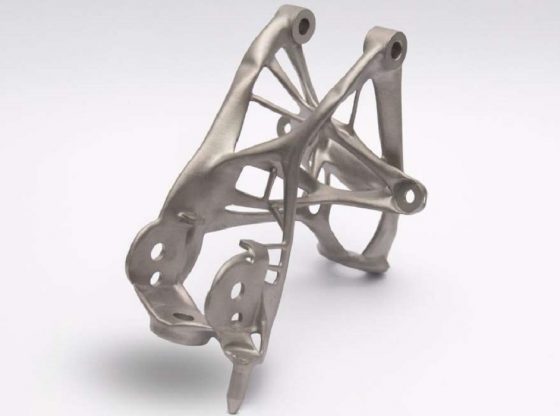

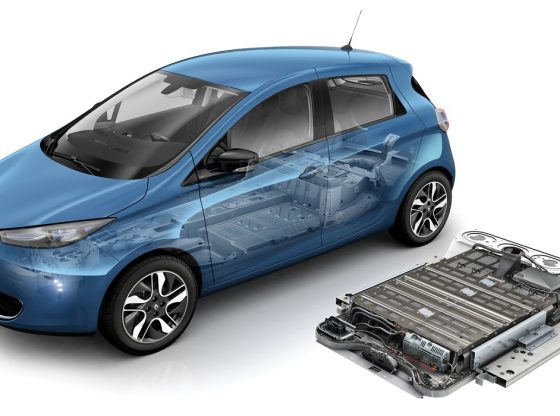
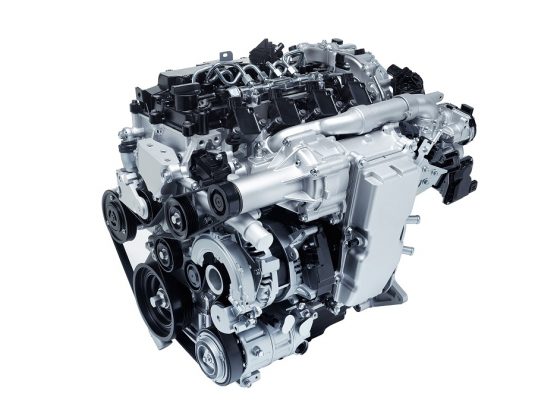
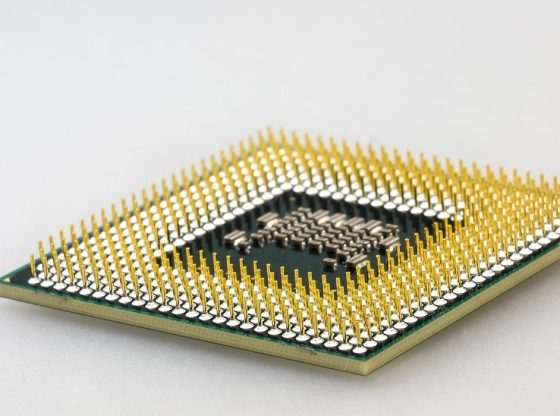


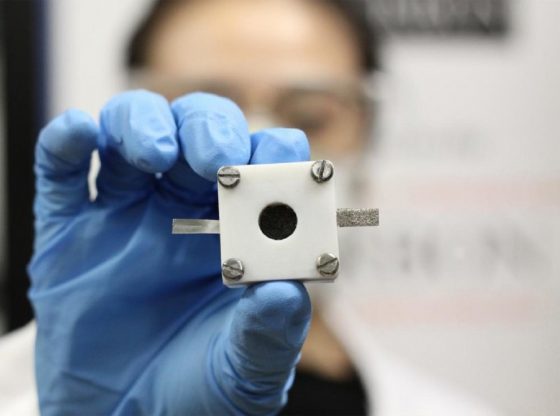
![OpenAI. (2025). ChatGPT [Large language model]. https://chatgpt.com](https://www.illustratedcuriosity.com/files/media/55136/b1b0b614-5b72-486c-901d-ff244549d67a-350x260.webp)
![OpenAI. (2025). ChatGPT [Large language model]. https://chatgpt.com](https://www.illustratedcuriosity.com/files/media/55124/79bc18fa-f616-4951-856f-cc724ad5d497-350x260.webp)
![OpenAI. (2025). ChatGPT [Large language model]. https://chatgpt.com](https://www.illustratedcuriosity.com/files/media/55099/2638a982-b4de-4913-8a1c-1479df352bf3-350x260.webp)








